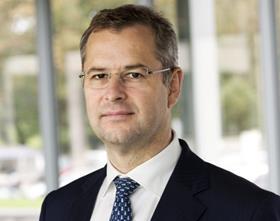
Maersk has ruled out returning to higher vessel speeds in spite of the fall in fuel prices registered in the second half of last year. Speaking after the release of its 2014 financial results, which saw full-year profits climb to US$5.2bn from US$3.78bn in 2013, the company said changes to its 193-vessel fleet meant a return to faster speeds would be costly and complex.
“Slow steaming will remain a key element in managing our network and capacity for a number of reasons, “ the company said. “The new generation of ultra large container ships are designed and built to slow-team: they are not able to reach the high speeds seen before 2008.”
Maersk added it had added more vessels to its network over the past five years to enable slow steaming, including two new ships on its Asia-Europe services bringing the total number of vessels on that route to 11.
“We have not yet achieved the full potential of slow steaming. At a bunker prices of US$300/tonne, 11 vessels on an Asia-Europe service is in fact the optimal number of vessels.”
CEO Søren Skou said if speeds on Maersk’s East-West network did increase the company would have to find alternative uses for the extra vessels and renegotiate all its charter, vessel-sharing and terminal agreements.
“The bunker price may rebound, in which case a network designed for higher speed would be very uncompetitive. Moreover, we want to be as energy-efficient as possible, limiting emissions as much as we can,” he said.



